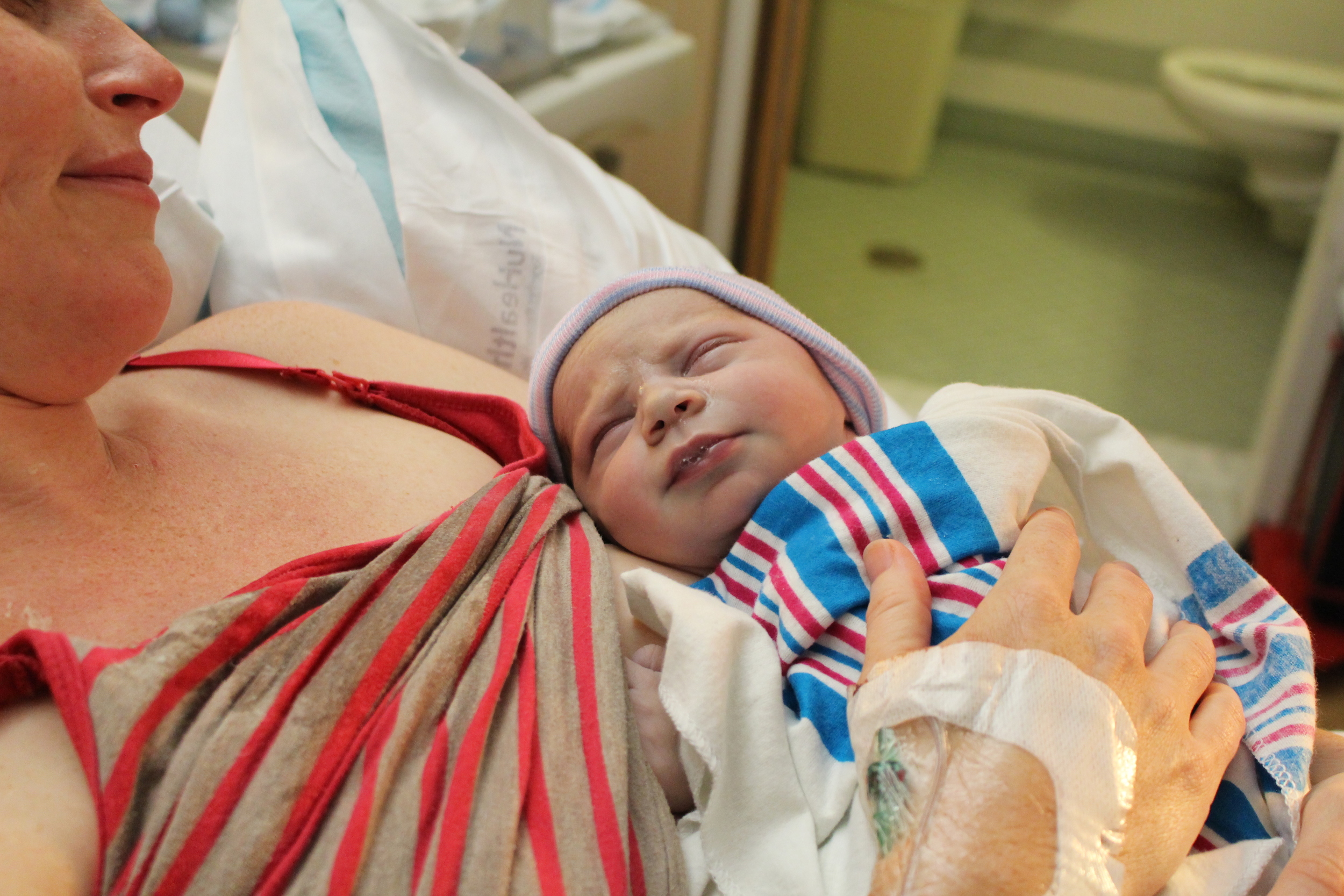The American College of Obstetrics and Gynecology recommends that women who are anemic during pregnancy have further work-up to determine the source. If you are borderline anemic or have struggled with anemia in the past, you may want to attempt to increase your iron stores if a work-up isn’t indicated.
When looking up ways to increase your iron intake, you may have heard that calcium interferes with the absorption of iron. However, it actually seems like the evidence is unclear. In the immediate sense, calcium does block the absorption of iron, but the long-term effect does not seem to have a strong negative impact. On the flip side, Vitamin C (ascorbic acid) has been shown to increase the iron absorption. It is easy enough to find a list of high iron foods, but where do you go from there.
Because the evidence is unclear, moving from information to intake can be a little perplexing. Adding extra iron to your diet might be enough without changing your calcium/Vitamin C intake if you are looking to make a slight bump in your numbers. But what if you want to go a step further? It would seem reasonable to consider adding in one or two high meals or snacks that maximize the absorption. Here are a few suggestions to potentially increase the amount of absorption:
Leafy green salad: Skip the cheese and dress with lemon juice and oil. Top with chickpeas, pumpkin seeds, and broccoli, perhaps raisins for a touch of sweetness. Making this for dinner, and top with steak.
Chili: Find a ground beef recipe that is heavy on the beans. Again skip the cheese and consider avocado as a topping. If you can’t live without the creaminess, use sour cream instead of cheese. If you stick with the two tablespoon serving suggestion, the amount shouldn’t change the iron absorption.
Hummus: Made from chickpeas, hummus is rich in iron. Squeeze a little extra lemon juice on your serving. Not feeling the hummus, try eating the beans whole as a snack.
Simple switches:
Soup for lunch? Consider lentil, black bean, or a broth based one that includes beans.
Cereal for breakfast? Check out the labels on your favorites. Go for the one that has the highest iron content.
Craving a little sweet? While I wouldn’t use the iron content as an excuse to indulge, if you are going there anyway consider dark chocolate. Real black licorice candy also contain a small amount of iron.
Apparently spices such as thyme, parsley, and cumin can also add to your iron intake.
In general, babies take what they need from mom, so unless she is severely anemic the baby will still be able to build enough iron stores for after delivery. However, if mom’s levels are already low, it could mean that mom is the one left in need. Making small diet changes can help increase mom’s iron stores, letting her feel less depleted.







